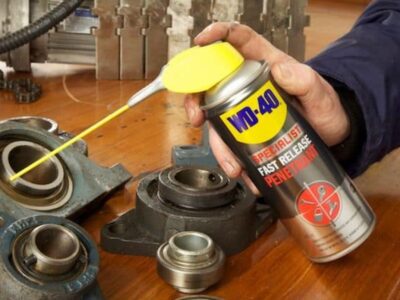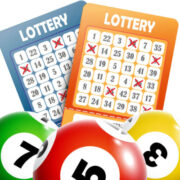
How safe is your home? Before you answer that, step back and think about something else: how you define safety. The chances are pretty good that your definition plays an important role in any assessment of home safety. What you might consider completely safe someone else might see as more vulnerable.
We all know that words mean things. That’s why we run into problems when people define words differently. If we cannot agree on meanings, we have little common ground for productive discussion. It is as true with home safety as it is any other topic.
Are safety and security two different things?
Differences in definitions are easily illustrated in the two words ‘safety’ and ‘security’. Are they the same thing? Forget looking them up in the dictionary for now. Instead, consider your own definitions. Some people believe safety and security are one and the same. Others see them as different things.
To this latter group, safety deals with things like preventing fires, installing carbon monoxide alarms, and reducing trip and fall risks by getting rid of the clutter. Security deals with things like preventing burglary and car theft.
Whether or not dictionary definitions match is irrelevant when people don’t actually use such definitions themselves. Therein lies one of the challenges of making a home as safe as possible.
What issues most concern you?
Differing definitions are only one challenge in the home safety arena. Another is differing priorities. Ask yourself yet another question: what issues most concern you? Maybe your biggest fear is being victimized by burglars or home invaders. If that’s the case, you might want to have a home security system professionally installed by a company like Vivint Smart Home.
On the other hand, burglary and home invasion might not even be on your radar. But you are very much concerned about keeping your young children and senior parents safe while you’re away at work. So you install video cameras and a medical alert system for your parents.
Some property owners worry a lot about fire and carbon monoxide poisoning. Their main priority is to make sure they always have working smoke and CO alarms. They diligently follow the recommendation to check device batteries during semiannual time changes.
How much are you willing to pay for safety?
You have your own definitions of what constitutes a safe home. You also have your individual safety priorities. Now ask yourself how much you are willing to spend to be as safe as possible. Although we like to think that we cannot put a price on safety, we all need to live within our budgets. That’s just reality.
Some practices can make a home safer without spending a dime. Getting rid of clutter is just one example. Another is employing common sense practices that reduce the risk of fire. For example, never leaving food cooking on the stove unattended is a common safety practice that’s always free of charge.
On the other hand, if your definition of safety includes the latest home security equipment with around-the-clock monitoring, you are looking at a financial investment. You can either buy or rent the equipment. As for monitoring, you will pay a monthly subscription fee. Is the total cost worth it to you?
Home safety is a personal thing. It is influenced by how we define safety and our individual priorities for staying safe. Both definitions and priorities need to be considered in light of our budgets. All of this is to say that there is no hard and fast measurement of a truly safe home. Safety is relative.










